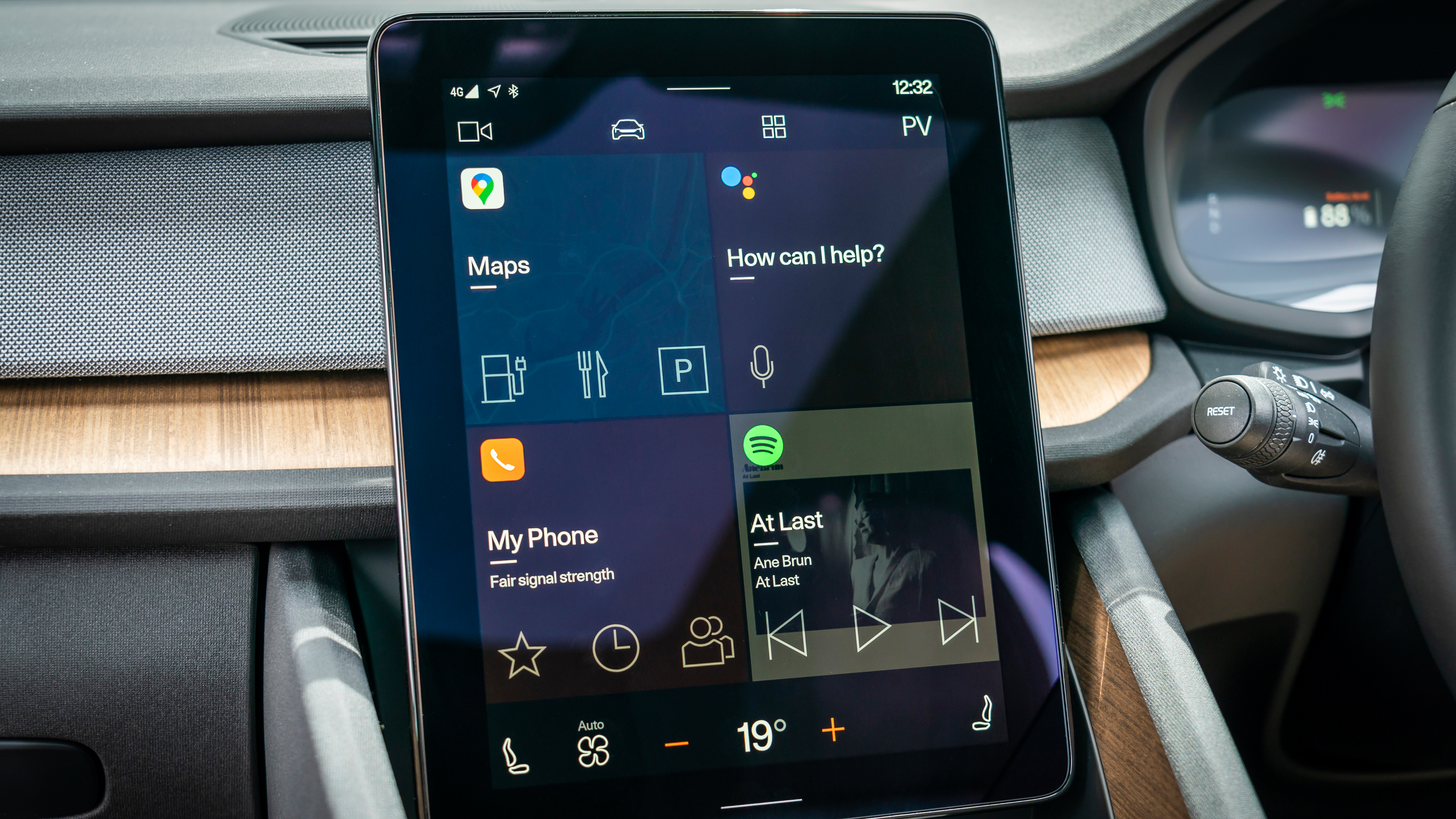

We've reviewed dozens of electric vehicles on T3, and one of the main issues we've had with a majority of the cars is that battery range is limited. For anyone that regularly completes long journeys this is, without doubt, one of the main drawbacks that is currently stopping them from switching from ICE cars to EVs.
This problem can trigger 'range anxiety', where the driver is worried that the car won't be able to reach its destination. This is being tackled in a number of ways, from larger batteries, increased efficiency, quicker charging, and intelligent software that makes sure you get to your destinations quickly and efficiently -- enter Google Maps.
- Best dash cam: top car dash cams tried and tested
- Best sat nav: including TomTom, Garmin and more
Navigation software, such as Google Maps and infotainment systems in cars, are one of the quickest ways to ease range anxiety felt by drivers. In a recent study conducted by HERE, the navigation experts found that drivers consider such software a must-have tool in their electric vehicle.
Citing a recent CMA report, HERE describes how applications that provide charging location information and real-time station data help increase the adoption of electric vehicles, especially as they now offer a more integrated experience.
While HERE itself already offers an advanced pack of solutions aimed specifically at EV drivers, the entire industry is actually investing on this front.
Look at Google -- the search engine giant has already added charging stations on Google Maps and Waze.
Taking the experience one step further, vehicles equipped with Android Automotive, such as Volvos and Polestars, run Google Maps as the native navigation app. Now, thanks to deeper integration with the car's battery systems, it can monitor the current range and provide options to reach the destination more conveniently.
For example, if Google Maps determines that the car needs a recharge in order to reach a destination, it will automatically searches for a compatible charging station along the route and offers to add it as a waypoint on the journey.
We also saw a similar system on the Mercedes EQS, which not only knows where electric vehicle charging stations are, it knows how fast they are, and will prioritise faster chargers to reduce your journey time.
Of course, the investments in this are still needs continue, and as HERE explains, navigation apps will end up playing an essential role in the way electric vehicles manage and reduce range anxiety.
Liked this?
- Best car seats: keep your baby or toddler safe
- Best front and rear dash cams: dual channel recorders
Sign up to the T3 newsletter for smarter living straight to your inbox
Get all the latest news, reviews, deals and buying guides on gorgeous tech, home and active products from the T3 experts

As the Style and Travel Editor at T3, Spencer covers everything from clothes to cars and watches to hotels. Everything that's cool, stylish, and interesting, basically. He's been a part of T3 for over seven years, and in that time covered every industry event known to man, from CES and MWC to the Geneva Motorshow and Baselworld. When he's driving up and down the country in search of the greatest driving roads, he can be found messing around on an electric scooter, playing with luxury watches, or testing the latest fragrances.

